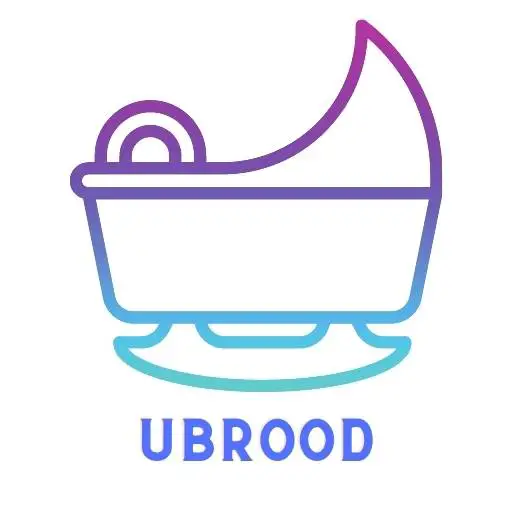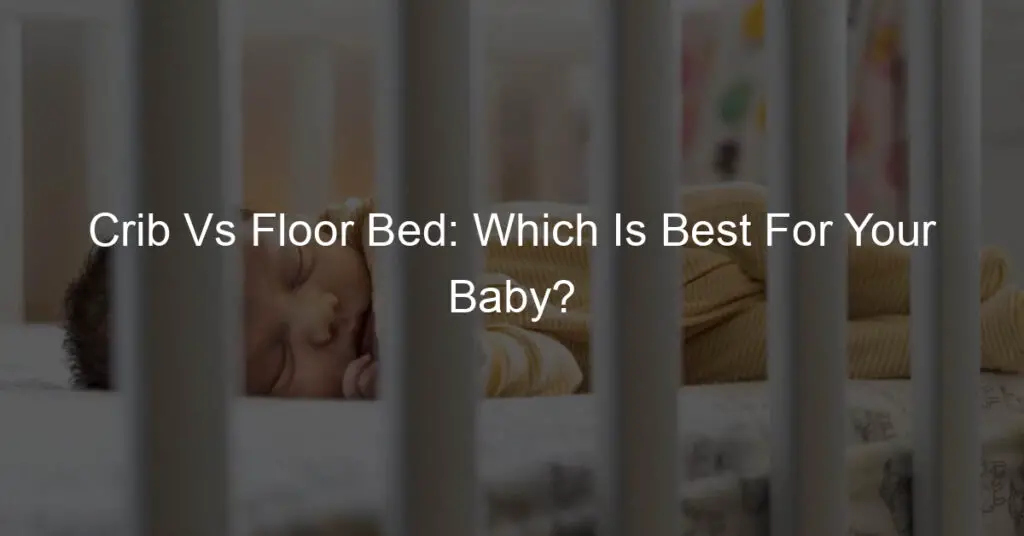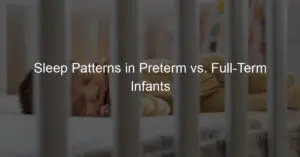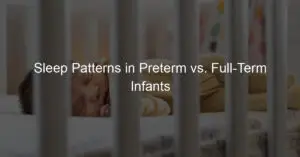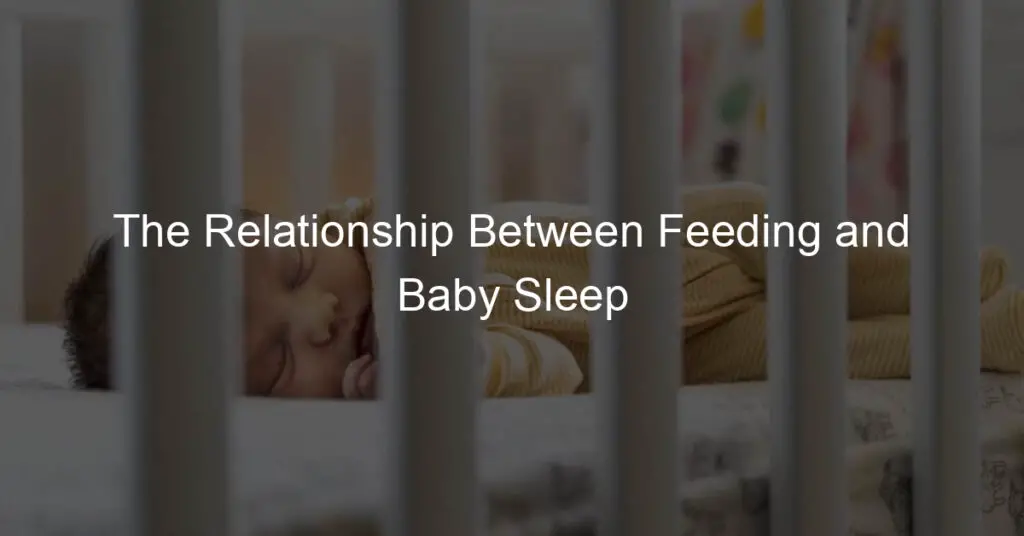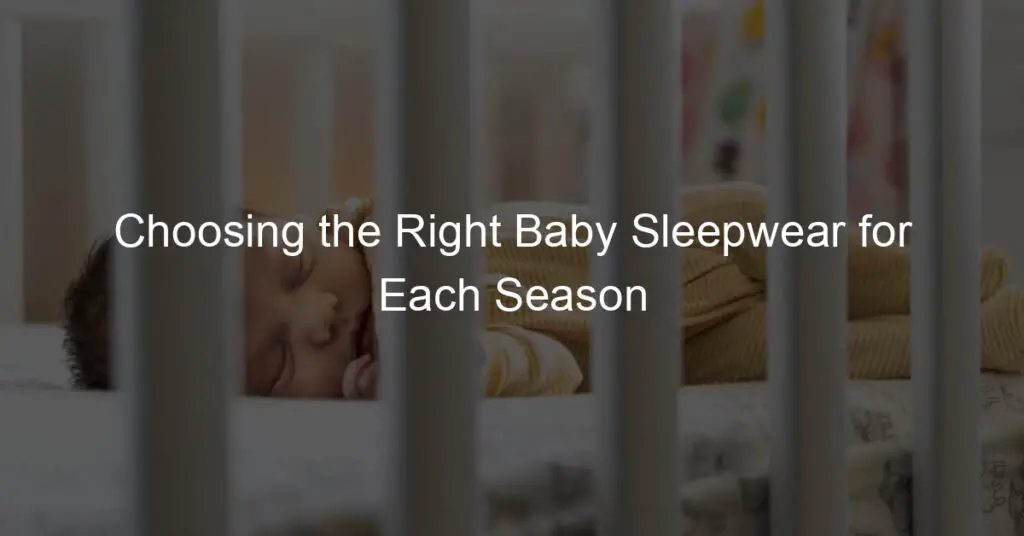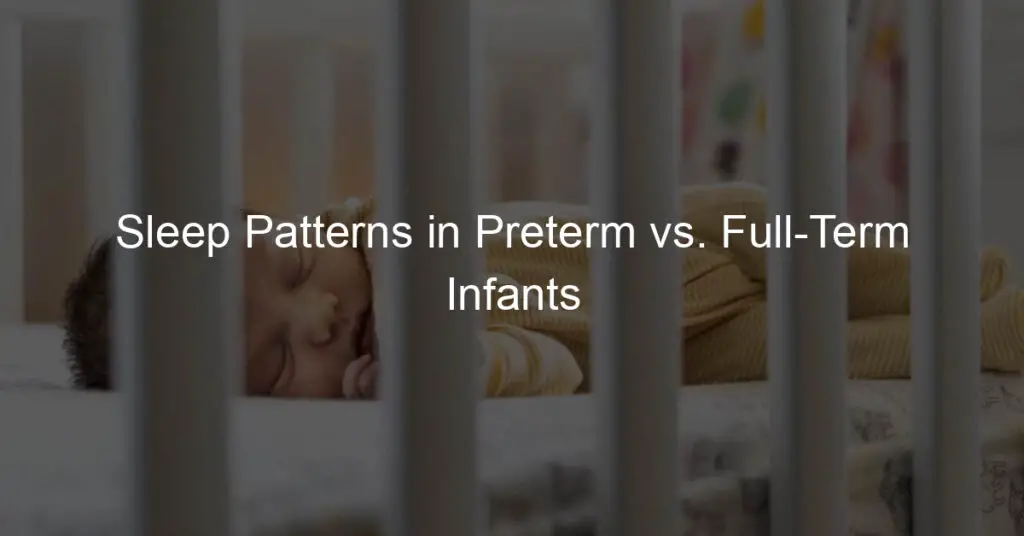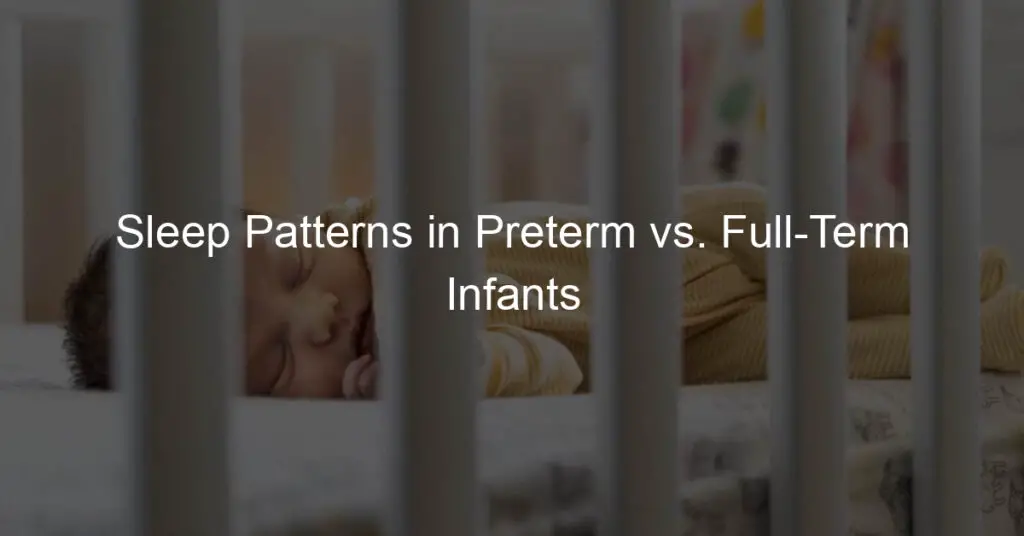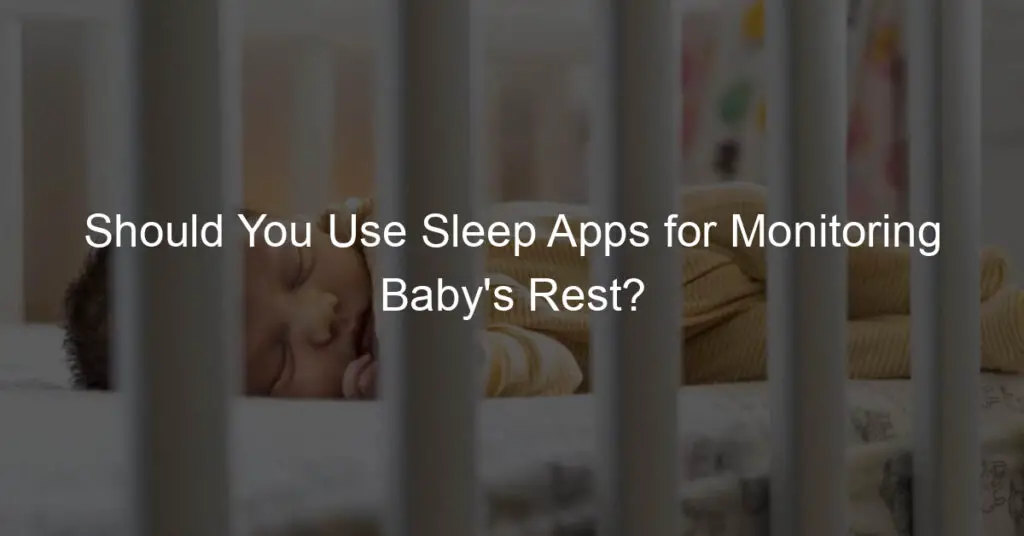Introduction: Choosing the Best Bed for Your Baby
As a parent, one of your primary responsibilities is to ensure that your baby is safe, comfortable, and well-rested. A significant part of achieving this lies in choosing the right bed for your baby. This decision can be quite overwhelming due to the plethora of options available in the market. This article aims to simplify this process by providing a comprehensive overview of the two most popular choices: the traditional crib and the modern floor bed.
-
- Importance of choosing the right bed for your baby
Selecting the right bed for your baby is crucial for several reasons. Firstly, it directly impacts your baby’s safety. A bed that is not designed with safety standards in mind can pose a risk of injury to your baby. Secondly, the quality of sleep your baby gets is significantly influenced by their bed. A comfortable and well-designed bed can help your baby sleep better and longer, contributing to their overall growth and development. Lastly, the right bed can also make your life as a parent easier by providing features like easy cleaning and portability.
-
- Overview of the crib vs floor bed debate
The choice between a crib and a floor bed is one that parents often grapple with. The crib, a traditional choice, is known for its safety features and ability to keep the baby contained. On the other hand, the floor bed, a concept popularized by the Montessori method, is praised for promoting independence and mobility in babies. Each of these options has its pros and cons, and the best choice depends on various factors such as your baby’s age, mobility, and your personal parenting style. In the following sections, we will delve deeper into the specifics of each option to help you make an informed decision.
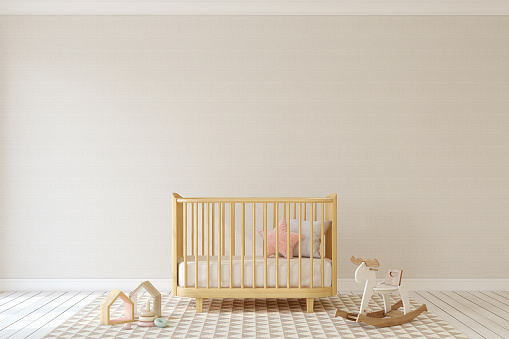
Crib for Baby: A Traditional Choice
For generations, the crib has been a staple in nurseries around the world. This traditional choice for baby’s bed offers several key benefits that make it a popular choice among parents.
Baby Crib Benefits
When considering a crib for your baby, it’s important to understand the advantages it brings. Here are some of the key benefits:
- Security and safety features: Cribs are designed with your baby’s safety in mind. They feature sturdy construction, high sides to prevent falls, and slats that are spaced appropriately to ensure your baby can’t get their head stuck. Many cribs also come with adjustable mattress heights, allowing you to lower the mattress as your baby grows and becomes more mobile to prevent climbing out.
- Convenience for parents: Cribs offer convenience for parents as well. They provide a dedicated, secure space for your baby to sleep, making it easier for you to keep an eye on them and attend to their needs. Plus, many cribs come with storage drawers underneath, providing extra space to store baby essentials.
- Longevity and adaptability: One of the biggest advantages of a baby crib is its longevity. Many cribs are designed to convert into toddler beds, day beds, and even full-size beds, making them a long-term investment that grows with your child. This adaptability can save you money in the long run and provide a familiar sleeping environment for your child as they grow.
In conclusion, a crib is a traditional choice that offers security, convenience, and adaptability. It’s a tried-and-tested option that many parents trust for their baby’s sleep needs.
Drawbacks of Using a Crib
While cribs have been a traditional choice for many parents, it’s important to consider some of the potential drawbacks. Two of the main challenges associated with cribs include transition difficulties and cost considerations.
-
- Transition Challenges
One of the significant drawbacks of using a crib is the transition challenge. As your baby grows, they will eventually outgrow the crib and need to transition to a toddler bed. This transition can be difficult for both the child and the parents. It’s a change that can disrupt sleep patterns and cause anxiety for the child. According to a study on child development, major changes in a child’s sleeping environment can lead to sleep disturbances and behavioral issues.
-
- Cost Considerations
Another drawback to consider is the cost. Cribs can be quite expensive, especially when you factor in the additional costs of a mattress, sheets, and other necessary accessories. Furthermore, since your child will eventually outgrow the crib, you’ll have to plan for the additional expense of a toddler bed in the future. According to a report on the economics of childhood, the average cost of a crib, including accessories, can range from $200 to $500, and a toddler bed can cost an additional $150 to $300.
In conclusion, while cribs offer certain benefits, it’s essential to consider the potential drawbacks before making a decision. Every family’s needs and budget are different, so it’s important to weigh all factors carefully.
Floor Bed for Baby: A Modern Approach
When it comes to choosing a bed for your baby, a modern approach that’s gaining popularity is the floor bed. This innovative sleeping arrangement offers a unique set of benefits that can contribute to your child’s development in several ways.
Floor Bed Benefits for Baby
Let’s delve into the key benefits that a floor bed can offer to your little one:
- Promotes independence and mobility: A floor bed is placed directly on the floor, allowing your baby to move in and out of the bed freely. This encourages your child to explore their surroundings and develop their motor skills. It also fosters a sense of independence as they can get in and out of bed without assistance.
- Eases transition to a regular bed: Transitioning from a crib to a regular bed can be a challenging process for many children. A floor bed can make this transition smoother as it provides a similar sleeping environment to a regular bed from the start. This can help your child adapt more easily when it’s time to move to a larger bed.
While the floor bed approach may not be traditional, it’s clear that it offers some compelling benefits for your child’s development. However, it’s important to remember that every child is unique and what works best for one may not work for another. Always consider your child’s individual needs and preferences when choosing a bed.
Potential Concerns with Floor Beds
While floor beds offer a range of benefits, it’s essential to also consider potential concerns that may arise. These include safety considerations and the possibility of distraction and sleep disruption.
-
- Safety considerations
One of the primary concerns parents have when considering a floor bed is safety. Because the bed is on the floor, there’s a risk that the baby could roll off and get hurt. Additionally, the baby has easy access to the room, which could lead to them getting into things they shouldn’t. To mitigate these risks, it’s crucial to baby-proof the room thoroughly and ensure that all potential hazards are out of reach. It’s also a good idea to place a soft rug or mat around the bed to cushion any potential falls.
-
- Distraction and sleep disruption
Another concern is that a floor bed could lead to distraction and sleep disruption. With the freedom to move around the room, a baby might be tempted to play instead of sleep, leading to irregular sleep patterns and potential sleep deprivation. To address this, try to establish a consistent bedtime routine and make the room as conducive to sleep as possible. This could include using blackout curtains, a white noise machine, and keeping toys out of sight during bedtime.
In conclusion, while floor beds have their advantages, it’s important to weigh these against potential concerns. By taking appropriate safety measures and establishing a consistent sleep routine, you can help ensure that your baby gets the rest they need while also enjoying the benefits of a floor bed.
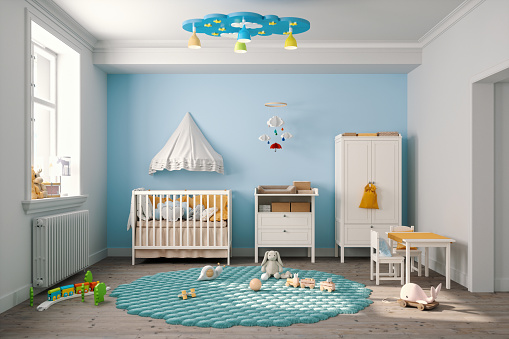
Baby Bed Comparison: Crib vs Floor Bed
Choosing the right bed for your baby is a critical decision. In this section, we will compare two popular options: the traditional crib and the modern floor bed. We will focus on the safety aspects of each.
Comparing Safety: Crib vs Floor Bed
When it comes to your baby’s safety, every detail matters. Let’s assess the safety of both cribs and floor beds.
-
- Assessing the safety of cribs
Cribs are designed with safety in mind. They have high sides to prevent your baby from falling out. However, cribs do have some potential risks. For example, if the slats are too far apart, your baby could get their head stuck. Also, as your baby grows and begins to stand, they could potentially climb out and fall. According to the Consumer Product Safety Commission, you should ensure the crib meets current safety standards and regularly check for loose or broken parts.
-
- Evaluating the safety of floor beds
Floor beds, popular in Montessori-style parenting, are low to the ground, reducing the risk of injury from falls. They also allow your baby to explore their room freely. However, this freedom can also pose risks. Your baby could potentially access items in the room that are not baby-proofed. Therefore, it’s crucial to ensure the room is entirely safe for your baby’s exploration.
In conclusion, both cribs and floor beds have their pros and cons when it comes to safety. It’s important to assess your baby’s needs, your home environment, and your parenting style when making your decision.
Comparing Convenience: Crib vs Floor Bed
When it comes to choosing a bed for your baby, convenience is a significant factor to consider. Let’s delve into the convenience of both cribs and floor beds for parents.
-
- Convenience of Cribs for Parents
Cribs have been a traditional choice for parents for many reasons. One of the main advantages is their height. Cribs are designed to be at a comfortable level for parents, reducing the need to bend down when picking up or laying down the baby. This can be particularly beneficial for parents with back problems.
Moreover, cribs often come with built-in storage options, such as drawers or shelves underneath. This allows parents to keep baby essentials like diapers, clothes, and toys within easy reach. Additionally, cribs are typically equipped with wheels, making it easy to move them from room to room if needed.
However, cribs do have some drawbacks. For instance, they can be challenging to assemble and may require regular maintenance to ensure safety. Also, as your child grows, you may need to adjust the mattress height, which can be a bit of a hassle.
-
- Convenience of Floor Beds for Parents
Floor beds, a more modern approach, also offer their unique conveniences. For starters, they are low to the ground, making it easier for your child to get in and out of bed independently. This can foster a sense of autonomy and confidence in your child from an early age.
Furthermore, floor beds are typically easier to set up and require less maintenance than cribs. They are also more versatile, as they can be used as a play mat during the day and a bed at night. Plus, they can grow with your child, eliminating the need for multiple bed transitions.
On the downside, floor beds may require more frequent cleaning as they are closer to the floor. Also, without the enclosed structure of a crib, there’s a chance your child may wander around the room unsupervised.
In conclusion, both cribs and floor beds have their pros and cons when it comes to convenience. Your choice will depend on your personal preferences, lifestyle, and your child’s needs.
Case Studies: Real-life Experiences with Cribs and Floor Beds
When it comes to choosing a bed for your baby, real-life experiences from other parents can be invaluable. Let’s take a look at some case studies that highlight parents’ experiences with both cribs and floor beds.
-
Parents’ experiences with cribs
Many parents opt for traditional cribs when it comes to providing a sleeping space for their babies. Here are a few experiences shared by parents:
Case Study 1: John and Lisa, parents of twin girls, found that cribs were a lifesaver for them. They appreciated the safety features of cribs, such as the sturdy bars that prevent babies from falling out. They also liked the fact that cribs allowed their twins to have their own separate sleeping spaces.
Case Study 2: Sarah, a single mother, had a different experience. She found that her baby had difficulty sleeping in a crib. She felt that the crib was too restrictive and her baby seemed uncomfortable.
These experiences show that while cribs can be a great option for some, they may not work for everyone. It’s important to consider your baby’s comfort and your own peace of mind when making a decision.
-
Parents’ experiences with floor beds
On the other hand, some parents prefer the modern approach of using floor beds. Here are a couple of experiences from parents who chose this option:
Case Study 3: Emily and Tom, parents of a toddler, found that a floor bed worked perfectly for their family. They loved the freedom it gave their child to move around. They also found that their child slept better on a floor bed than in a crib.
Case Study 4: David, a father of two, had mixed experiences with floor beds. While his older child loved the floor bed, his younger child struggled with the lack of boundaries and often ended up sleeping on the floor next to the bed.
These experiences highlight that floor beds can offer freedom and comfort for some children, but they may not be the best choice for all families. It’s crucial to consider your child’s personality and sleeping habits when choosing a bed.
In conclusion, there’s no one-size-fits-all solution when it comes to choosing a bed for your baby. Every child is unique, and what works for one family may not work for another. It’s important to consider all options and make a decision that best suits your family’s needs and preferences.
Conclusion: Making the Best Choice for Your Baby
Choosing the right bed for your baby is a decision that should not be taken lightly. It’s not just about style or convenience, but also about safety and comfort for your little one. Let’s recap the factors you should consider and our final thoughts on the crib vs floor bed debate.
- Factors to Consider When Choosing a Bed for Your Baby
When deciding on the best bed for your baby, there are several factors to consider:
- Safety: This is the topmost priority. Ensure the bed meets all safety standards. For cribs, the bars should be close enough to prevent the baby’s head from slipping through. For floor beds, ensure the room is baby-proofed.
- Comfort: The bed should be comfortable for your baby. A good mattress and suitable bedding are essential.
- Size: The bed should be of a size that your baby can grow into. However, it shouldn’t be too big that it’s overwhelming.
- Convenience: Consider how easy it is to put your baby in and take them out of the bed. Also, think about its ease of cleaning and maintenance.
- Final Thoughts on the Crib vs Floor Bed Debate
Both cribs and floor beds have their pros and cons. Cribs are traditional, safe, and convenient, but they can be expensive and your baby might outgrow them quickly. On the other hand, floor beds promote independence and are cost-effective, but they require a lot of baby-proofing and supervision.
In the end, the choice between a crib and a floor bed depends on your personal preferences, lifestyle, and your baby’s needs. Whichever you choose, remember that the safety and comfort of your baby should be your topmost priority.
As a parent, you want the best for your baby. And when it comes to their bed, the ‘best’ is a subjective term. What works for one family might not work for another. So, take your time, do your research, and make the choice that feels right for you and your baby.
